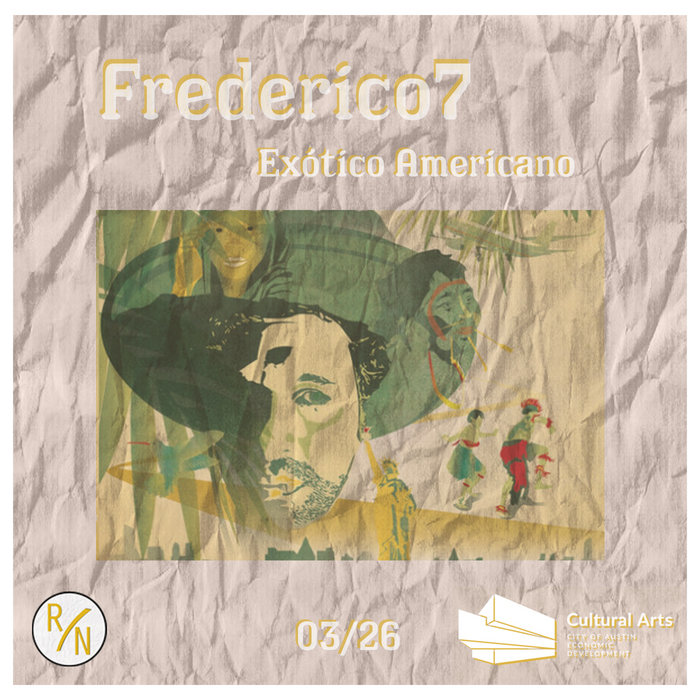
Tree of Love – Ruido/Noise
this blog is GROOVY – check out great Soul, Funk, Jazz, Hip Hop, Bass, Breaks , Reggae, House n many more TUNES
Hey there, sound explorers! Buckle up as we take a funky ride through the vibrant world of sound art—a genre that’s more than just tunes; it’s a wild celebration of noise, rhythm, and creativity. From avant-garde experiments to interactive installations, sound art has played with our ears and minds in ways that are sometimes hilarious but always intriguing. Let’s groove into the history!
Before we bust out the timeline, let’s drop some knowledge on what sound art actually is. Picture this: it’s like music’s weird cousin who graduated from an experimental school and decided to create sounds using anything but traditional instruments. Sound art focuses on the sonic experience, often blurring lines between music, visual arts, performance art, and even everyday life.
In the early days (think roaring 20s), artists like Luigi Russolo, armed with his handmade instruments called “intonarumori,” broke open new frontiers. He believed that noises were just waiting to be turned into musical experiences! His manifesto was all about embracing urban clamor—so you might say he was an early hipster championing city vibes before they were cool.
Did you know Russolo once claimed that dogs could understand modern music better than humans? Imagine your dog grooving out to avant-garde beats instead of barking at squirrels!
Fast forward to the swinging sixties! This era brought us pioneers like John Cage, whose piece “4’33″” had performers sit silently for four minutes and thirty-three seconds—challenging audiences to focus on ambient sounds around them. That’s right; no notes were played at all!
Cage wasn’t above practical jokes; when asked about his silence piece at a concert where there was already too much noise outside (like traffic), he quipped it was perfect because that’s exactly what he meant by listening. Can’t get more meta than that!
As time ticked along into funky seventies territory (hello disco!), artists began transforming spaces with immersive sound environments. Legends such as Max Neuhaus created installations where people could explore sonic spaces—a playground for listening!
People really started getting creative about how they presented their work; think loudspeakers hidden in bushes or serene waterfalls filled with unexpected electric noises. Delve deep enough into sound galleries during this time period and you’d encounter some head-scratching works.
One installation aimed at recreating a nature experience featured recorded bird songs mixed with synthesized noises so bizarre it sounded like birds had hitched rides in UFOs!
The digital revolution led many adventurous souls down new paths! Artists embraced computers as tools for composition and manipulation—turntables became canvases! Enter stage left: DJ culture blossomed alongside electronic genres.
What’s wild? Some creators would spend hours looping samples until they got something ripe from their own backyard recordings or random street chatter… talk about stealing inspiration straight from reality itself!
Remember when some electronic musicians experimented by recording bizarre everyday occurrences? Yup! One dude got famous sampling mundane things like ziplock bags opening or his cat sneezing—it sold thousands of records featuring… (drumroll) … ASMR feline vibes!
With technology advancing faster than ever before—installations sporting interactive features let audience members shape sonic experiences firsthand! You might wave hands over sensors triggering orchestral arrangements while dodging abstract visuals—it truly feels otherworldly.
Today we see collaboration among visual artists AND audio creators forming unique hybrids uniting sights + sounds creating entire atmospheres ranging from tranquil Zen zones laced with whispers or chaotic punk rock mashups blasted through speakers near you!!!
And let’s not forget those Instagrammable pop-up binaural exhibits driving social media madness—it seems every hipster worth their salt wants selfies amidst vibrating floors blasting erratic beats—and who can blame ‘em?!
Have you heard about one recent artist marketing an exhibition titled “Silence”? Oh yes—they charged folks $10 each just for entry…and then promptly served them nothing but empty air!!! Patrons left scratching heads wondering if they’d missed something profound…or if they simply funded someone else’s existential crisis…
As we float back down Earth after this odyssey through sound art history—from avant-garde beginnings shaded in complexities echoing across decades—to its lively current trends shaping cultural landscapes—we find ourselves surrounded by delightful absurdities paired gracefully side-by-side within fascinating auditory realms pulsating vibrantly below our feet…
So next time you hear someone jamming away inside strange galleries adorned only by quirky boomboxes spitting captivating oddities—you’ll know you’re witnessing living echoes reflecting generations’ passion crafted purely around pure auditory joy… Go ahead now—grab headphones & immerse yourself again—the world awaits every note just beyond earshot!! 🎶✨

Tree of Love – Ruido/Noise